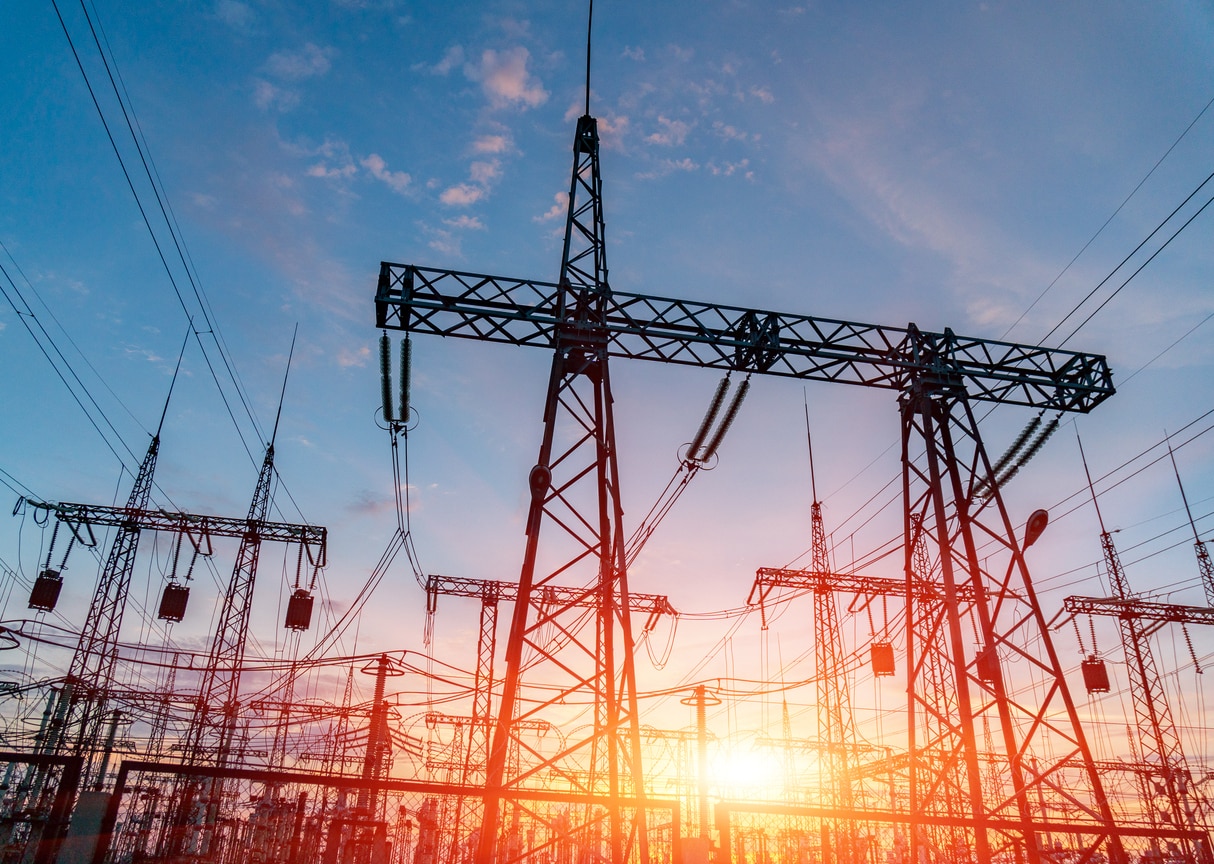
Power Surges vs Power Blinks
A lot of strange things can happen with electricity. Exactly how it works is still somewhat mysterious to most of us. We just trust that when we flip on a light switch the light will come on. But sometimes that flip of the switch causes a flicker.
Power surges and power blinks are something most people have dealt with, possibly many times before. As common as they are, the specifics about power surges and blinks isn’t common knowledge. The power may momentarily go off and come back on during both, but the causes and the outcomes are very different.
What Are Power Surges?
A power surge is a spike in electricity. It can happen for a few reasons both manmade and natural.
- If the power surge happened right after the air conditioner turned on there’s a strong possibility the high electricity demand of the HVAC system caused an electrical overload.
- If power surges happen regularly the wiring system may be to blame. Faulty wiring is a common problem as are wiring systems that aren’t adequate for modern-day electricity needs.
- Short circuits, tripped circuit breakers and an overloaded circuit can lead to a power surge.
- The power coming on after an outage can cause a power surge because there’s leftover power in the wiring.
- When a power line or transformer is damaged that can cause a power surge for people further down the line.
- The most common reason for power surges in many areas is lightning. When lightning hits close to the power lines or your house it can cause an electrical spike.
Of course, there could also be a combination of factors at play, and power surges are more common if protective devices aren’t in place throughout the wiring system. Any time you experience a power surge, you want to figure out the cause to avoid potential problems.
What Are Power Blinks?
Power blinks are also commonly called power flickers. You’ve probably noticed a light flicker briefly. That’s a power blink.
Power blinks happen because of interference, usually the physical kind like a tree touching a power line. The interference triggers a circuit breaker to shut off power very briefly, usually only a second or less. The shut off is actually a good thing. It helps to prevent serious damage from occurring if there is something wrong in the system.
The Problematic Effects of Power Surges and Power Blinks
If you have to experience one of the two, you want it to be a power blink. The wave of electricity during a power surge can actually damage electronics that are plugged in. The power surge causes a spark to run down the electrical current. The spark hits the other plugged-in electronics, and that can fry a device or appliance.
Power surges pose another dangerous threat. They can cause an electrical fire. That’s why it’s highly recommended to have an electrician inspect your wiring system if you experience frequent power surges.
Power blinks typically don’t cause any damage. Electronics are built to handle the energy fluctuation of a power blink. At the most, you may have to reset older electronics and clocks.
Surge Protection Plan Options?
Spark Energy has you covered with surge protection plans designed to protect your favorite devices from dangerous power surges. Get reimbursed for the repair or replacement of your appliances and electronics without the hassle. Best of all, you can pay for the protection you need with a low monthly fee added to your energy bill.
If you are a Spark Energy customer in Texas, you have the option to enroll in the Standard or Premium Surge Protection Plan. We invite you to visit sparkenergy.com/surgeprotection or call 855- 576-1885 to learn more about surge protection plan options.
Spark Energy is there for you no matter what’s happening to the electrical lines. You get reliable fixed rate plans, resources to monitor electricity use and energy information that can help you live more efficiently. Use your zip code to find Spark Energy plans in your area?.



